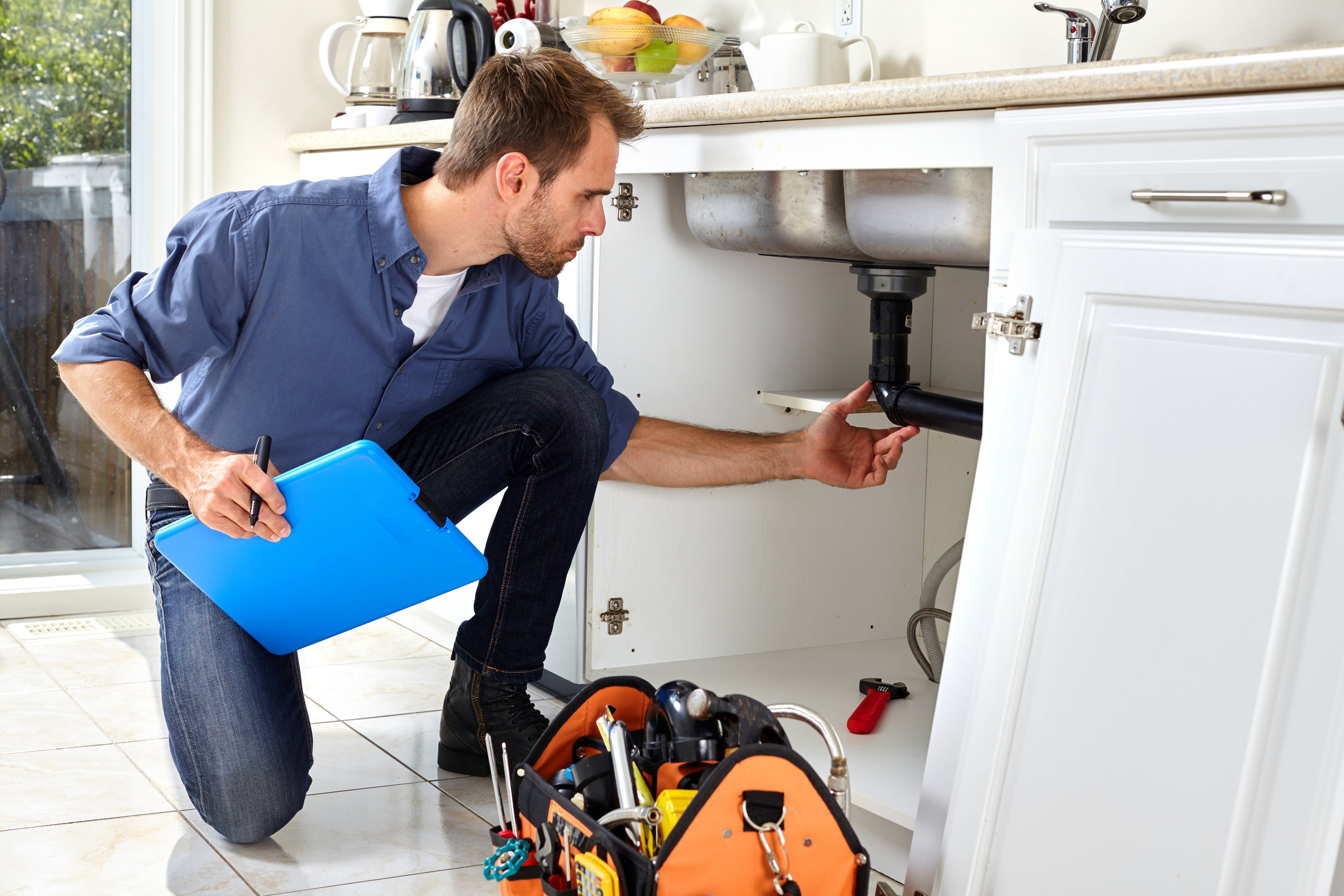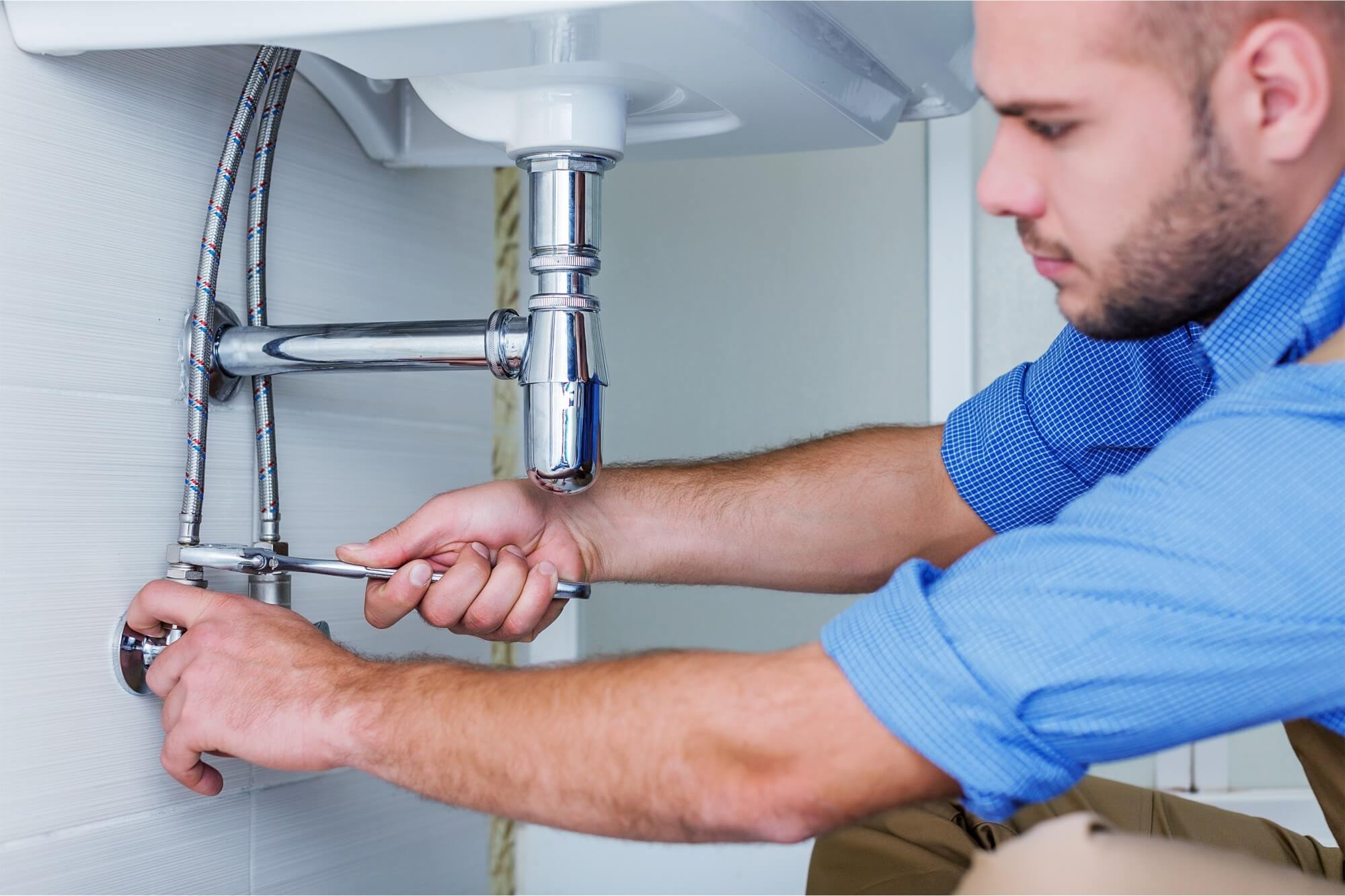Comprehensive Plumbing Alabaster AL Solutions for Your Home
Comprehensive Plumbing Alabaster AL Solutions for Your Home
Blog Article
A Detailed Overview to Efficient Water Heating Unit Installment for Optimal Efficiency
Beginning on the task of mounting a water heating unit is a venture that requires accuracy and a methodical strategy for accomplishing optimum efficiency. As you proceed, the details of connecting water supply lines and setting up dependable electrical or gas connections await, encouraging insights into ensuring performance and reliability.
Choosing the Right Water Heater

Next, take into consideration the dimension and capability of the hot water heater. It's important to examine your home's warm water demands, which can differ based upon the variety of residents and their use patterns. A device that's also small may lead to not enough warm water, while an oversized version might cause unneeded power consumption.
Effectiveness scores likewise play a crucial duty in selection. Seek hot water heater with high Energy Element (EF) scores, showing exceptional efficiency and minimized energy use. Tankless designs, though usually extra expensive upfront, deal considerable energy cost savings gradually because of their on-demand home heating abilities.
Preparing the Installation Location
Prior to mounting a brand-new hot water heater, meticulous preparation of the installation area is necessary. This guarantees a smooth setup procedure and aids protect against future complications (Plumbing Alabaster AL). Begin by choosing a proper place that abides by neighborhood structure codes and security standards. The area needs to be completely dry, well-ventilated, and easily accessible for upkeep. It's critical to gauge the room thoroughly to suit the hot water heater's dimensions, making certain adequate clearance around the system for effective procedure and maintenance.
Following, remove any type of debris, dust, or blockages from the website to produce a tidy atmosphere. Examine the floor for security, as the hot water heater will certainly require a solid, level surface to operate successfully. If required, set up a drip frying pan underneath the system to catch possible leaks or spills, protecting against water damage to the surrounding area. In regions susceptible to seismic activity, think about setting up seismic bands to secure the heater firmly in position.
Furthermore, make certain that all required devices and materials are on hand before beginning the setup. This includes items such as wrenches, screwdrivers, a level, and any kind of additional hardware required for safeguarding the heater and placing. A well-prepared setup area sets the foundation for a successful water heating unit configuration, maximizing efficiency and security.
Connecting Water System Lines
When connecting supply of water lines to your freshly set up hot water heater, it is important to make sure that all connections are secure and leak-free to preserve effective procedure and avoid water damages. Begin by recognizing the hot and cool supply of water lines. The cold water inlet is typically noted Visit Website with a blue tag or a "C", while the warm water electrical outlet is noted with a red label or an "H".
Usage flexible water heating system adapters to facilitate an easier installation process. Prior to affixing the ports, position a plumbing technician's tape around the threaded ends of the water heater's inlet and outlet pipes.
When links remain in place, slowly activate the major water shutoff. Examine each connection for leakages by aesthetically examining and really feeling for wetness. Tighten up connections as needed, and make sure the pressure safety valve is correctly installed, guarding against too much stress accumulation.
Establishing Electrical or Gas Links
Correctly setting up the electrical or gas connections for your water heater is an important action to ensure risk-free and effective operation. For electric water heaters, begin by validating that the try here electric circuit is compatible with the heater's voltage and amperage requirements.
For gas water heaters, security is critical. Link the gas line to the water heater using an adaptable gas connector, ensuring it is correctly threaded and secured with pipeline joint substance or Teflon tape suitable for gas links.
As soon as links are made, examine for any kind of potential leakages. For gas lines, use a soapy water remedy to the joints; bubbles indicate a leakage. For electric connections, double-check that all wiring is safe and secure and properly insulated, preserving conformity with neighborhood electrical codes.
Readjusting and testing for Effectiveness
With the electrical and gas links firmly in location, the following action is examining the operational efficiency of your water heating unit. Begin by very carefully turning on the water supply and making sure there are no leaks at any of the joints or valves.
Following, carry out a detailed examination to ensure the burner or gas heaters are operating properly. For electrical heaters, make use of a multimeter to verify if the aspects are drawing the proper existing. In gas designs, observe the heater flame; it must be consistent and blue, showing efficient combustion.
Adjust the settings as required to get rid of inefficiencies. Consider applying insulation measures, such as adding a water heating system covering, to further enhance efficiency by decreasing heat loss. Additionally, examine the anode rod's condition, as a shabby pole can lower efficiency and result in tank rust.
Final Thought
Efficient water heating unit installation is essential for making certain ideal performance and energy cost savings. Safely attaching Website water supply lines and very carefully establishing up electric or gas links minimize prospective issues.

Appropriately setting up the electric or gas connections for your water heating unit is an important step to make certain risk-free and efficient operation. For electrical water heaters, start by validating that the electrical circuit is suitable with the heating system's voltage and amperage demands. Link the gas line to the water heater using a versatile gas adapter, ensuring it is correctly threaded and sealed with pipe joint compound or Teflon tape ideal for gas links.
Report this page